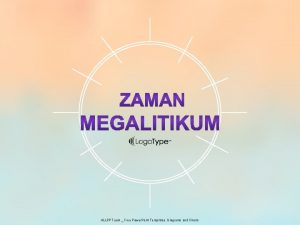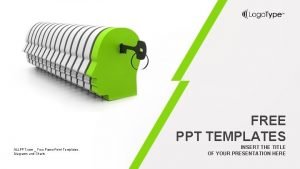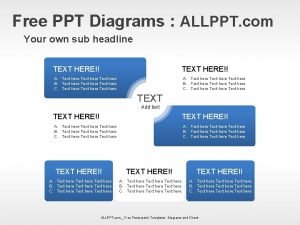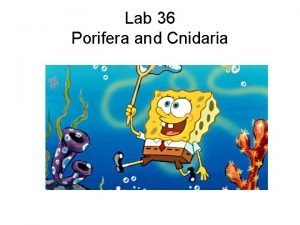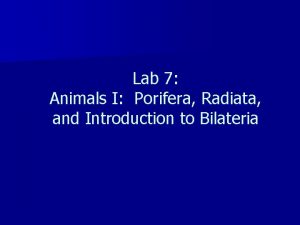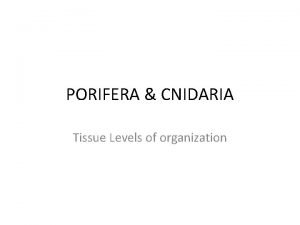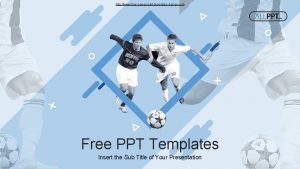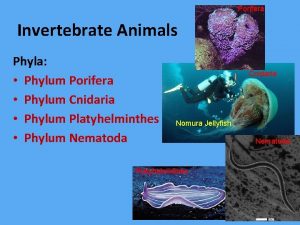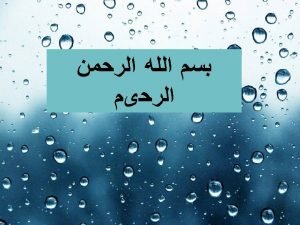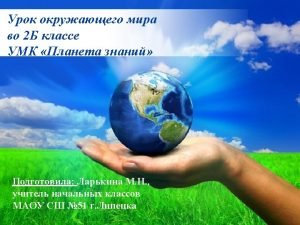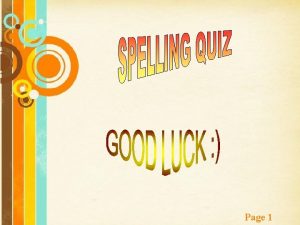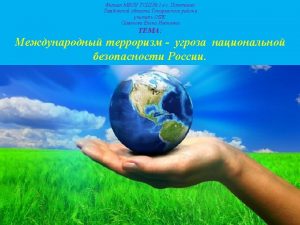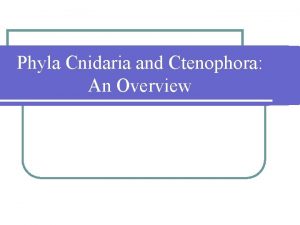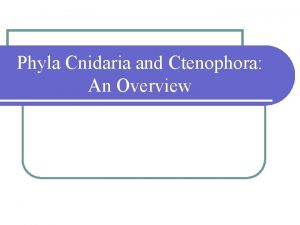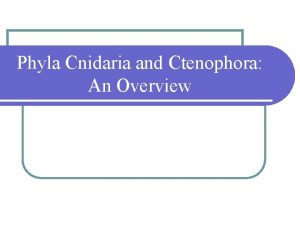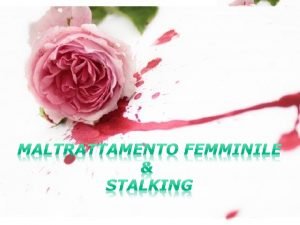Phyla Porifera and Cnidaria Free Powerpoint Templates Page













- Slides: 13

Phyla Porifera and Cnidaria Free Powerpoint Templates Page 1

Features of Sponges • Sponges depend on numerous pores or openings – They will pump water through those openings to obtain food and oxygen • Special cells called collar cells have a flagellum that moves water in and a sticky part that catches microscopic food particles Free Powerpoint Templates Page 2

Structure of Sponges • Sponges have skeletons that are made of: – spongin (a flexible, fibrous protein) – Spicules (stiff pointed little spikes) – Or BOTH Free Powerpoint Templates Page 3

Sponges – Video Free Powerpoint Templates Page 4

• • • Where do real sponges live? How did they clean the sponges? Sponges are actually ____. Sponges cannot _____ or _____. Sponges are known as ____ feeders. What are some predators of sponges? Free Powerpoint Templates Page 5

PHYLUM CNIDARIA Free Powerpoint Templates Page 6

Features of Cnidarians • Primary support for their bodies is a jelly-like mass that fills the space between their tissues hydrostatic skeleton Free Powerpoint Templates Page 7

Tissues of Cnidarians • Have a large central cavity surrounded by 2 layers of tissues – Ectoderm (outer layer) – Endoderm (inner layer) • Gastrovascular cavity – Mouth – only opening Free Powerpoint Templates Page 8

Food/Defense • God has designed cnidarians with special stinging organelles filled with venom called nematocysts – Each one has a trigger that when stimulated will release a long, whiplike barb out and inject toxic venom to whatever made it fire Free Powerpoint Templates Page 9

Other Cnidarians • Other cnidarians include: – Hydras – Corals – Sea anemones • Each captures prey with stinging tentacles • All have radial symmetry – Definite top and bottom – No definite sides Free Powerpoint Templates Page 10

Corals • 2 main groups: – Hard corals (limestone base) – Soft corals (no limestone base) • Both types have a soft body called a polyp made of 2 layers of tissue • Both have stinging tentacles for defense and finding food • Hard corals help create vast reefs throughout Earth’s oceans Free Powerpoint Templates Page 11

Free Powerpoint Templates Page 12

Nematocyst in Action Free Powerpoint Templates Page 13
 Allppt free download
Allppt free download Allppt.com _ free powerpoint templates diagrams and charts
Allppt.com _ free powerpoint templates diagrams and charts Allppt. com
Allppt. com Allppt.com template
Allppt.com template Allppt.com _ free powerpoint templates diagrams and charts
Allppt.com _ free powerpoint templates diagrams and charts Chondrichthys
Chondrichthys Sea anemone porifera
Sea anemone porifera Radiata animals
Radiata animals Porifera level of organization
Porifera level of organization Islamic ppt templates free download
Islamic ppt templates free download Www.allppt
Www.allppt Http://www.free-powerpoint-templates-design.com
Http://www.free-powerpoint-templates-design.com Free real estate powerpoint templates
Free real estate powerpoint templates Elearning powerpoint templates
Elearning powerpoint templates


